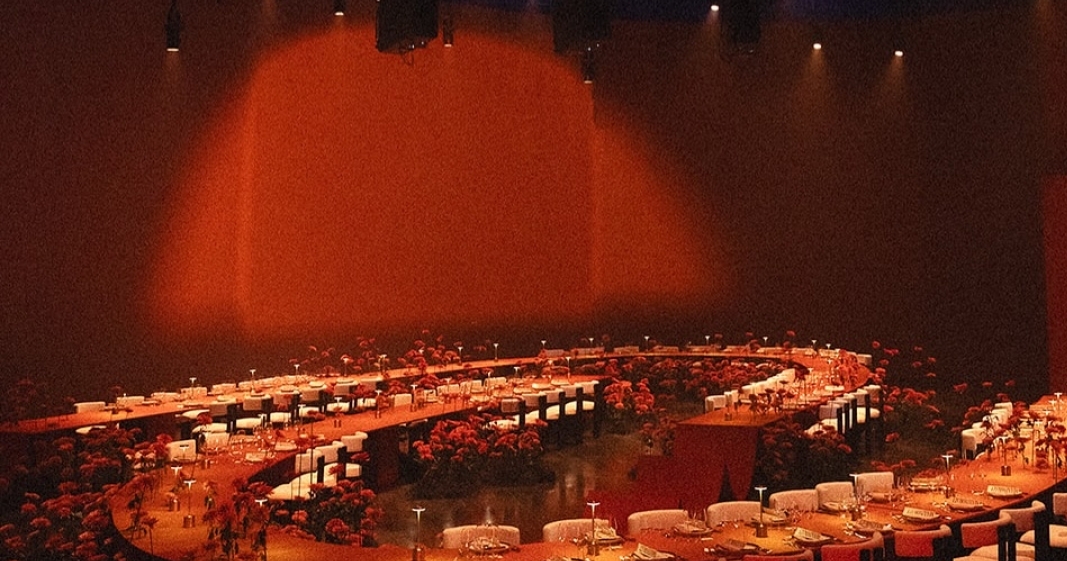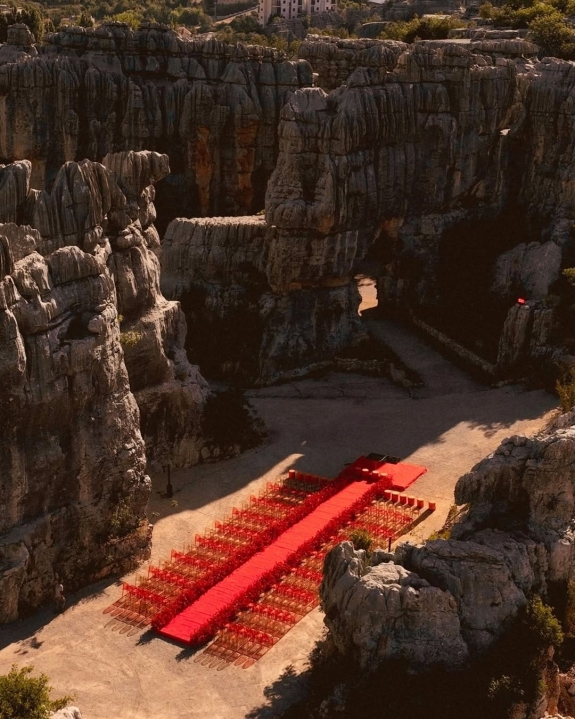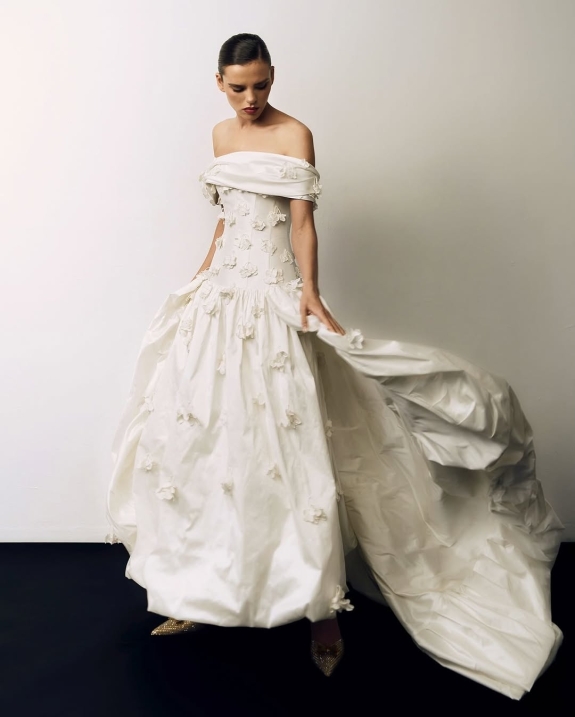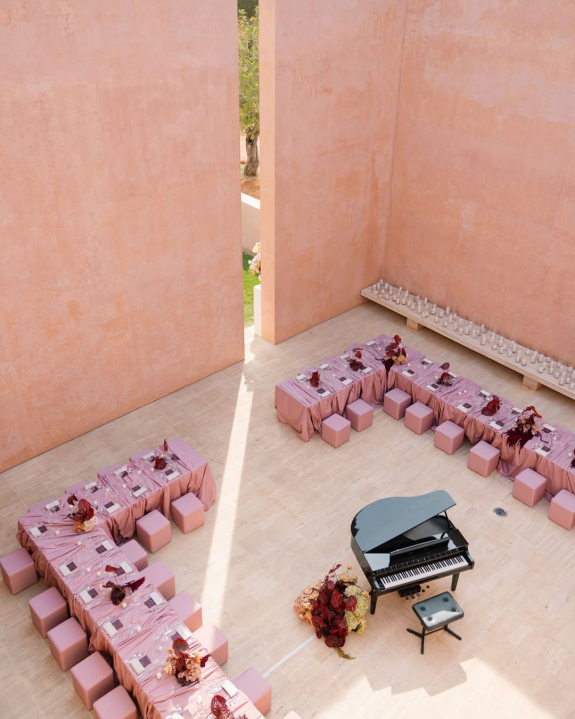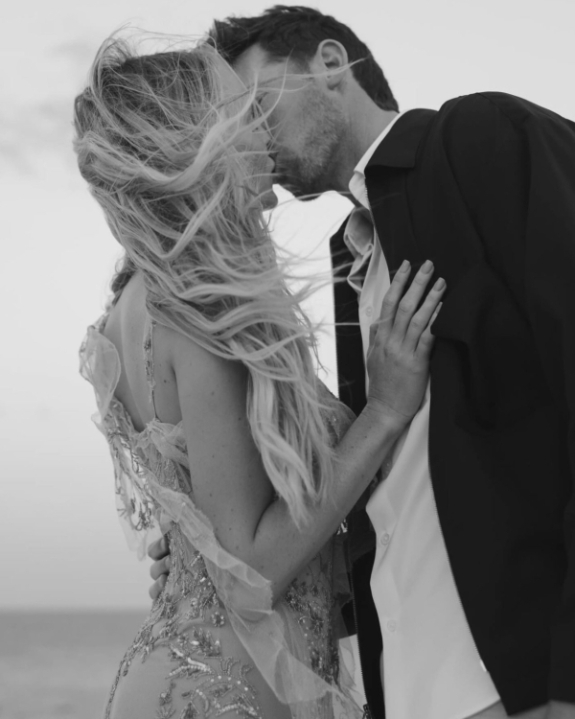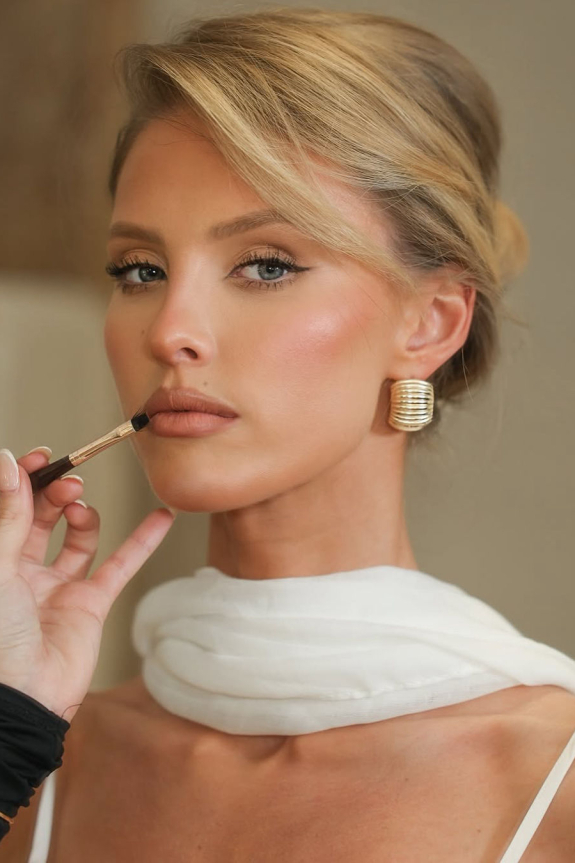Plus Table Brussels
Yano Design, Photography: Tali Photography
You might think lighting is just a technical layer of a wedding, but it’s so much more. It’s the mood-setter and the quiet director humming in the background, shaping how every moment of your celebration feels and evolves throughout the day. The right glow can make a room hold its breath, turn an ordinary corner into a scene, or coax guests from soft emotion into full celebration without them even realizing why they feel so swept up. When you treat lighting as part of your storytelling, the day starts to unfold with intention. Here’s how to design a lighting journey that transforms your wedding into a beautiful, immersive experience.
Tea Rose Wedding, Photography: Auryn Gautama
Kraak, Photography: La Dichosa
Start Soft for the Ceremony
The ceremony is where emotions run high, so the lighting should feel like a warm exhale. You want that hush-in-the-air glow that makes everyone instinctively soften—the kind of light that flatters every expression and makes the moment feel suspended. Indoors, that means diffused illumination such as candles lining the aisle, gentle uplighting around the altar, or natural light filtered through draping that wraps the whole space in a cinematic softness.
If the ceremony is outdoors, the philosophy stays the same, but the execution shifts. Nature becomes your softbox, so work with the sun instead of fighting it. Time the ceremony for golden hour if you can when everything is calm and luminous. Earlier in the day, use sheer canopies, parasols, or tree cover to diffuse stronger light and prevent squinting.
Geller Events, Photography: Victoria Gold
Dcontract Corp, Photography: Yin Hanshuo
Guide Guests With
Transitional Light
Most couples forget the “in-between,” but it’s a huge mood-shaper! As guests move from ceremony to cocktail hour, subtle lighting cues help shift the energy and gently hint that something new is about to unfold. Think lanterns framing a pathway, candles gathered around a staircase, or small shifts in temperature—from warm golds to slightly deeper ambers. These transitions don’t need to be dramatic, yet feel intentional. When lighting guides movement, it creates a natural flow that keeps the momentum going without breaking the spell of the moment.
Reinevoi, Photography: Julian Rinaldi
Mojo, Photography: Oxana Nesmeyana
Build the First Layer
of Atmosphere
Cocktail hour is the first chance to loosen the tie. This is your transition into celebration, and the mood should follow suit. Dim the overall ambiance slightly, introduce soft pools of light with table lamps around gathering spots like the bar or high-top tables, and highlight floral installs or architectural details with focused beams of warm light. It’s not party mode just yet, but it’s starting to hum.
Tolu Adeko, Photography: Darren Chung
Cordero Atelier, Photography: Dias De Vino Y Rosas
Shape the Reception Mood
When the doors open or the curtain lifts, guests should feel a visual shift. And that comes from layered lighting. Begin with an ambient base that fills the room, then build depth with accents—pin-spots gliding over centerpieces, soft color washes illuminating draping or architectural lines, and candlelight flickering across tables like tiny constellations. Play with texture: chandeliers that cast sculptural shadows, reflective surfaces that catch and scatter light, or metallic décor that glows from within. Feeling bold and modern? Drench the entire space in a single hue for a high-impact, monochrome moment, use large-scale video projections to turn walls into moving artworks, or lean into futuristic LED installations for a cutting-edge, editorial dreamscape.
Kristina Morozova, Content: Alisa Kulik
Tales Wedding, Photography: Nous Nous
Spotlight Key Moments
Some moments are too good to blend into the background. The first dance, the toasts, the cake cutting, maybe even that surprise choreo you swore you'd never do? They all deserve their own spotlight. Thoughtful lighting brings these moments into focus directing attention without shouting for it. A soft overhead glow that pools gently around you, a wash that fades in as the music swells, or even a subtle shift in tone can make the scene feel more cinematic and intimate. And if you're looking to go beyond traditional, consider design-led solutions like celestial halo installations suspended over the dance floor.
Serebro, Photography: Sozonova
Feerique, Photography: Fedor Borodin
Create Micro-Zones With
Different Light Levels
Lighting doesn’t have to be one-size-fits-all. By curating distinct zones throughout your reception space, you can give each area its own tone and tempo. Lounge areas can feel intimate and cocooned with low, moody lighting that invites quiet conversations, while the dining setup glows with a warm, flattering light that highlights your beautifully unique tablescape. The dance floor, on the other hand, calls for a more dynamic touch—a brighter, more energetic glow that encourages movement.
Wanderlust Wedding, Photography: Liron Erel & Co
Mia Sylvia, Photography: Ginger's Eyes
Keep Photography in Mind
Of course, every part of your celebration will be beautifully captured, so make sure your lighting design plays nicely with the camera. Overly saturated colors or flickering bulbs can distort skin tones or muddle the details you’ve thoughtfully chosen, and lighting that feels dramatic in person doesn’t always translate the same way through a lens. Partner with your planner and photographer to ensure every setup—from the softness of the ceremony to the energy of the reception—is camera-friendly. In the end, every lighting choice should serve both the mood you’re creating and the memories you’ll keep.
Feerique, Photography: Fedor Borodin
Kristina Kempton, Photography: And Your Story
